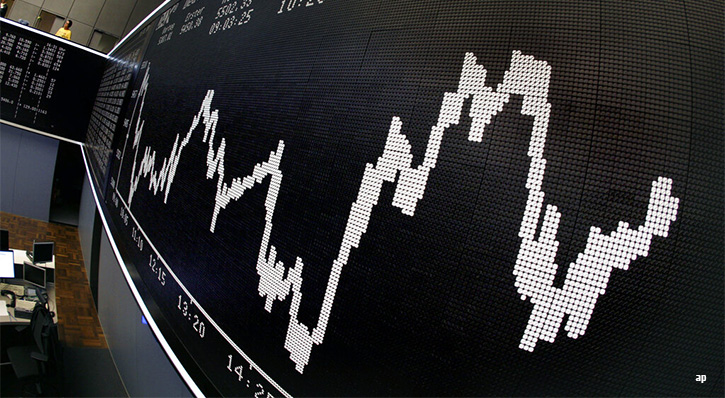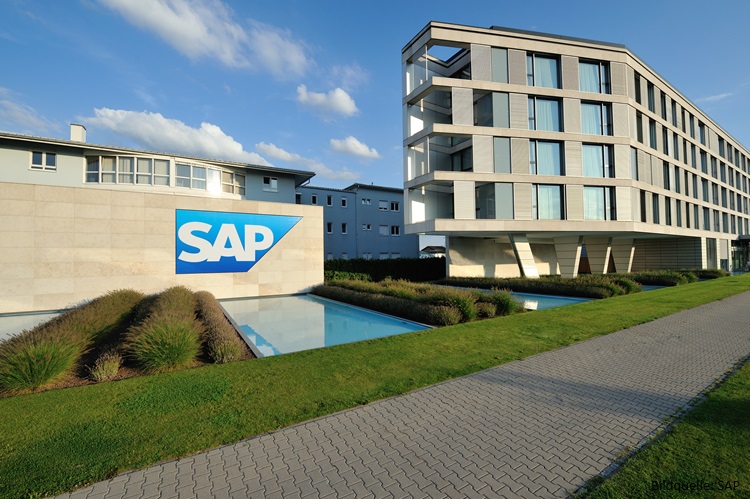Rolle im Portfolio
The Comstage MSCI World TRN UCITS ETF provides exposure to many of the largest publicly-traded companies in the developed world. It is best used as a core building block for investors who want to gain developed equity exposure through one fund rather than build a geographically- and/or sector-diversified equity portfolio. Although the underlying MSCI World Index has a broad geographic scope, it is heavily concentrated in the U.S.
In our view, investors seeking exposure to the global, rather than just developed, equity market should consider pairing this ETF with some form of emerging markets exposure which would provide portfolio diversification, as this ETF contains less than 1% emerging markets equity. In the last five years, the MSCI World and the MSCI Emerging Markets Index have shown a correlation to one another of 83%, but this has dropped to just 70% over the last year.
As this fund does not intend to make distributions, it may not suit an investor looking for regular income.
Fundamentale Analyse
Valuations around the world have improved significantly since the start of the financial crisis, nowhere more than in the US. The price-to-earnings (P/E) ratios clearly indicate this. The MSCI World P/E ratio endured a rollercoaster ride, reaching 14.3 in April 2008 before dropping to 8.4 in February 2009, but has since climbed to new heights, hitting 17.0 in December 2013. One could argue loose monetary policy has artificially inflated stock prices, but their levels still indicate an improved macroeconomic environment.
Indeed, the U.S. - by far the ETF’s largest country exposure - has experienced a steady economic recovery over the last few years. Improved performance and a more positive outlook led the Federal Reserve to start unwinding its quantitative easing (QE) programme in December 2013. As of this writing, the amount of monthly asset purchases has been reduced from $85 billion to $65 billion. However, full normalisation of monetary policy remains a distant prospect. Even under the new leadership of Janet Yellen, the Fed has stressed it will raise interest rates at a “measured pace,” communicating changes in advance so not to surprise investors.
A key factor allowing the Fed’s so-called ‘tapering’ has been a steadily dropping unemployment rate. As of this writing, it stood at 6.7%, the lowest since the financial crisis began. Job creation at the end of 2013 disappointed expectations; but with average household debt levels at their lowest since the 1990s, a recovering housing market and restored consumer confidence, conditions are suitable for the U.S. recovery to stay on course in 2014. For one, the increase in consumer spending has revived the U.S. automotive industry. Meanwhile, with the U.S. in the early stages of a potentially game-changing energy revolution (e.g., fracking), the economy could benefit from a competitive advantage thanks to dropping energy prices and a stable domestic energy supply.
The Eurozone also fared better in 2013, ending an 18-month recession, with both core and periphery countries finishing above board. However, the recovery is fragile and subject to downside risks. Aside from a stubbornly high unemployment rate and still-impaired bank lending, deflation has become a new threat to the currency bloc. Historically, stock markets have accommodated– and even rallied behind– short spurts of deflation, but as Japan experienced in the 1990s, entrenched deflation can cripple an economy. ECB officials have reassured markets they will defend the economy against deflation but doubts remain as to whether they have enough room to manoeuvre, as their mandate restricts the use of unorthodox tools such as QE.
The UK and Japan have also shown hints of economic recovery, with faster-than-expected growth in 2013. The UK’s performance has been particularly surprising, with GDP growth of 1.9% y/y; whereas in Japan, Abenomics, Prime Minister Shinzo Abe's unorthodox monetary policy, reined in deflation and reignited consumer confidence and spending. There is uncertainty, however, on how key events will affect future growth. Scotland will hold a referendum in September 2014 on whether to leave the UK while Japan will increase the retail tax rate from 5% to 8% in April, which could bear down on private consumption.
Indexkonstruktion
The MSCI World Index is a free-float market capitalisation-weighted index covering 23 developed countries around the world. The index holds a large number of mid- and large-cap components (e.g., 1,610 as of this writing), and covers approximately 85% of the total free float of the component markets. The index is calculated on a net return basis and is USD-denominated. However, it does not hedge against its various currency exposures so there may be currency-related risk. The index is reviewed quarterly, with size cut-offs recalculated semi-annually. The universe is initially screened for liquidity, as measured by the value and frequency of trading. The median constituent has a market capitalisation of $8.7 billion. The index is heavily tilted towards the U.S., whose weighting of 52-56% is more than five times larger than the next highest representatives, the UK and Japan, with weights of 8-9% each. On a sector basis the index is broadly diversified. The top weight is financials, which usually makes up around 20% of the total, followed by consumer discretionary and information technology at around 12% each. Industrials, consumer staples, healthcare and energy all tend to have weights between 9% and 11.5%. There is very little portfolio concentration, with generally no more than 10% of the index within its top 10 names. The top individual position as of this writing was Apple, with a 1.60% weight.
Fondskonstruktion
The fund employs synthetic replication to provide exposure to the underlying benchmark, entering an unfunded swap with parent company Commerzbank AG. The fund uses investors’ cash to buy a substitute basket of securities, the performance of which is exchanged for the performance of the index. ComStage provides weekly disclosure on the substitute basket, which is made up of European equities. The swap is reset on a quarterly basis. Beyond that, rather than resetting it when the counterparty owes money to the fund, ComStage requests that the counterparty post collateral made up of European blue chip stocks (constituents of the DAX, EURO STOXX 50, or the STOXX Europe Large 200). That collateral is adjusted daily to a level of 105% of the swap exposure. Under the terms of the swap, the counterparty agrees to provide the fund with exposure to the total return of the underlying index, net of any associated taxes, costs or fees. The return from the swap assumes that all dividends paid by the underlying stocks are reinvested in the index. This fund does not pay out any distributions. ComStage does engage in securities lending. Up to 100% of the substitute basket can be lent to Commerzbank for a fee which will be fully passed back to the fund (net of operating costs), against which Commerzbank is required to post collateral at a minimum of 100% of the loan value. The fund is domiciled in Luxembourg and uses the U.S. dollar as its base currency. At the time of writing it had assets of roughly $580 million.
Gebühren
The fund has a total expense ratio (TER) of 0.40%, which is in keeping with other funds offering similar exposure. Other costs potentially borne by the unitholder but not included in the TER include transaction costs on the infrequent occasions when the underlying holdings change, bid-ask spreads and brokerage fees when buy and sell orders are placed for ETF shares and securities lending fees.
Alternativen
For broad exposure to global developed markets there are many choices out there. Providers offering ETFs that track the MSCI World Index include Lyxor, Source, iShares, db x-trackers, HSBC, UBS, and Amundi. The UBS fund has the lowest fees, with a TER of 0.30%. Although it tracks a different index, the new Vanguard FTSE All-World High Dividend Yield ETF provides an inexpensive alternative for dividend-seeking investors, with a TER of only 0.25%. Like the MSCI World Index, the FTSE All-World High Dividend Yield Index’s underlying holdings are mainly mid- and large-cap companies concentrated in the U.S. (30-35%) and UK (10-15%).
Die in diesem Artikel enthaltenen Informationen dienen ausschließlich zu Bildungs- und Informationszwecken. Sie sind weder als Aufforderung noch als Anreiz zum Kauf oder Verkauf eines Wertpapiers oder Finanzinstruments zu verstehen. Die in diesem Artikel enthaltenen Informationen sollten nicht als alleinige Quelle für Anlageentscheidungen verwendet werden.
















